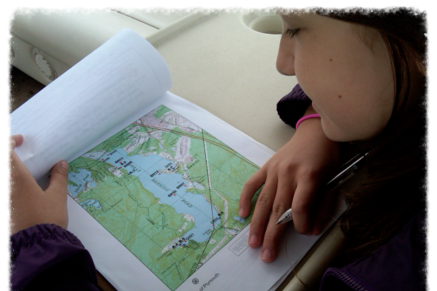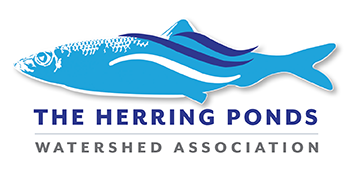 Our watershed’s fresh water supply comes from a subterranean aquifer that first fills Little Herring Pond. The Carters River carries the overflow into Great Herring Pond and ultimately into the Cape Cod Canal via the Herring River. Rivers and lakes are susceptible to pollution from many sources and this contamination is quickly spread throughout our entire watershed system. Our lakes, where water is not easily flushed, are also the most susceptible to pollution.
Our watershed’s fresh water supply comes from a subterranean aquifer that first fills Little Herring Pond. The Carters River carries the overflow into Great Herring Pond and ultimately into the Cape Cod Canal via the Herring River. Rivers and lakes are susceptible to pollution from many sources and this contamination is quickly spread throughout our entire watershed system. Our lakes, where water is not easily flushed, are also the most susceptible to pollution.
The Herring Pond Watershed Association has been monitoring watershed water quality since 2008. An active Water Quality Committee (join us!) takes samples for analysis. While both Little Herring Pond and Great Herring Pond are officially considered “impaired”. Three runoff sites have been re-mediated and total phosphorus pollutant has slowly decreased. The underlying aquifer is healthy and ponds have not been closed for health reasons.
 Here are some things that you can do to improve the Herring Ponds Watershed by reducing the negative effects of the types of pollution listed above:
Here are some things that you can do to improve the Herring Ponds Watershed by reducing the negative effects of the types of pollution listed above:
- Don’t throw any yard waste into the ponds (Dissolved Oxygen, Clarity)
- Check your septic system every 3 – 5 years and pump it out when necessary (All)
- Refrain from clear-cutting your property to prevent runoff (All)
- Properly dispose of animal waste (All)
- Limit lawn and garden fertilizer near the ponds (All)
- Use phosphorus-free fertilizer (Total Phosphorus)
Total Phosphorus
Phosphorus is a plant nutrient that in excess can cause harmful algae blooms. Excess algae can consume oxygen needed by mussels, snails and fish.
Nitrate
Nitrate is a measure of negative human impact on the environment. It is introduced into the environment by lawn and garden fertilizer, septic systems and animal waste.
Dissolved Oxygen
Dissolved oxygen (DO) is needed for most pond dwellers. DO levels vary with pond depth and temperature and change seasonally. Healthy plants and wind improve water oxygen content; decomposition of pond debris (including dead algae) decreases DO level.
Clarity
Clarity indicates an absence of algae blooms, runoff silt and cyanobacteria. Greater clarity leads to an increase in depth at which plants can receive light and provide oxygen.
E. coli
E. coli are bacteria that can cause severe illness upon ingestion. These pond residents are generally the result of human pollution from septic or animal waste.
Cyanobacteria
Cyanobacteria are the bane of many Plymouth ponds. They bloom for many of the same reasons as algae but some strains produce debilitating toxins that can even cause serious illness in adults.
Runoff
Heavy rainfalls transport soil, E. coli, phosphorus and nitrate into our waterways reducing water clarity, increasing harmful bacteria levels and encouraging algae blooms.
Water Quality Committee
Don Williams and Jack Kedian, Co-chairs
See also:
